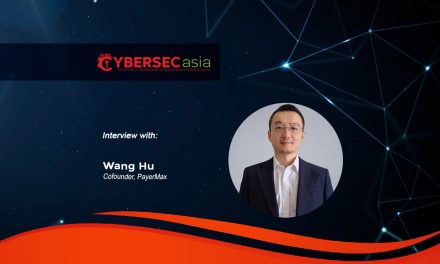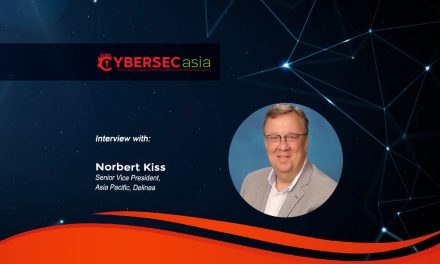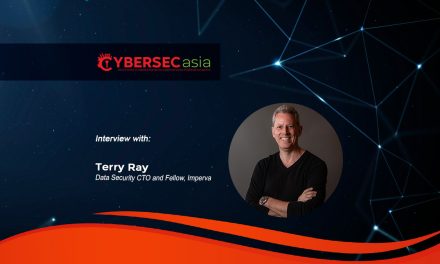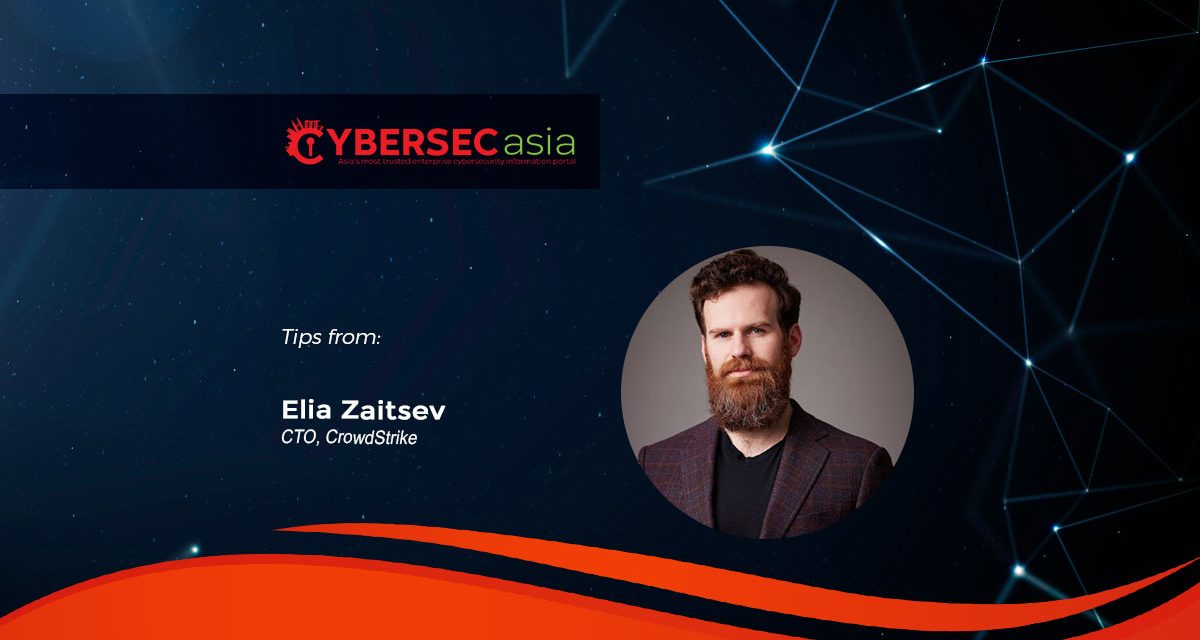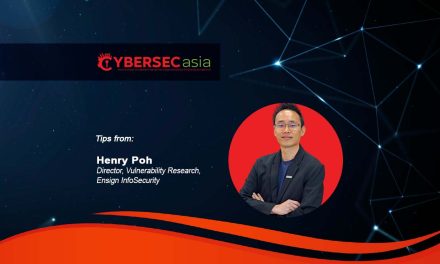From improving observability to securing identity management to unifying cloud-AI management, there is a tip for every cutting-edge organization
Against a backdrop of this year’s chaotic geopolitical events, abuse of AI in cybercriminal activities, and risks and opportunities in leveraging technological innovations, what can the world expect in 2025?
CrowdStrike has identified five key predictions that could guide industries and institutions in navigating an increasingly complex world.

-
Cloud security will require a hybrid approach
Securing the Cloud is more critical than ever. However, tools protecting the cloud infrastructures alone are not enough. Attackers are increasingly moving laterally between cloud platforms and on-premises environments to evade detection and achieve their objectives.
To regain control in 2025, organizations will need to have full visibility across public and private clouds, on-premises networks and application programming interfaces, from the same unified console and workflow. This approach will integrate runtime, posture management, identity and data security across hybrid environments.
-
More cross-domain attacks imminent
Cybercriminals are moving away from malware and using identity-based attacks to gain initial access. As they become more skilled at exploiting stolen credentials, they will increasingly target interconnected domains within a victim’s architecture: identity, cloud, endpoint, data, and AI models. These attacks leave minimal footprints in each domain, appearing as isolated events, much like separate pieces of a puzzle that are difficult to detect.
In 2025, security leaders must integrate unified visibility across the entire kill chain, enabling cross-domain threat hunting to detect deviations from normal user behavior and catch anomalies before they escalate into breaches. While a strong focus on identity protection will be key to early detection, organizations cannot rely on automation alone to safeguard all areas of enterprise risk. Solving the cross-domain puzzle requires a combination of advanced technology, irreplaceable human expertise, and cutting-edge telemetry to inform proactive decision-making.
-
AI security will dictate innovation
As adversaries increasingly target AI services and the large language models (LLMs) deployed in these environments, protecting the integrity and performance of AI systems will be more critical than ever. The data driving these models, and the applications they power, must be safeguarded against sophisticated threats.
To secure AI innovation in the cloud, security teams will need specialized technology and services that monitor AI services and LLMs, detect misconfigurations, and identify and address vulnerabilities — unified with protection across the entire cloud estate: from infrastructure and applications to data.
-
The SIEM renaissance will continue
This year, the surge of 2024 mergers and acquisitions among SIEM vendors will show no sign of slowing down. Amid a growth in demand for scalable, cloud-native platforms that could not only handle the explosion of modern data traffic volumes but could also seamlessly consolidate redundant tools, Security Operations Centers (SOCs) will be rethinking total cost of ownership and time-to-value, as next-gen SIEM platforms merge critical data sources (such as endpoint, cloud, and identity) under one roof, slashing data management costs and eliminating performance delays.
Therefore, expect SOC teams to continue demanding real-time intelligence, high-fidelity detections, and automation that puts actionable context at their fingertips, powering workflows that move as fast as today’s adversaries.
-
Platforms will continue to dominate security
Next year, consolidation will once again be a central focus for cybersecurity. The current threat landscape is too dynamic to leave infrastructure vulnerable to threat actors that have been known to exploit gaps in point solutions. That is why security teams will continue to prioritize the elimination of complexity and costs associated with a patchwork of point solutions.
A cloud- and AI-native platform approach with threat intelligence built natively into it will supercharge the convergence of security and IT, helping organizations to remain agile and secure in 2025. The integration of generative AI into security platforms will further accelerate this trend by significantly reducing alert-to-resolution times, enhancing both the speed and effectiveness of response and remediation efforts.

